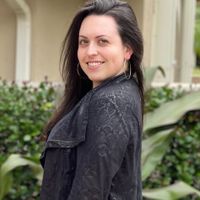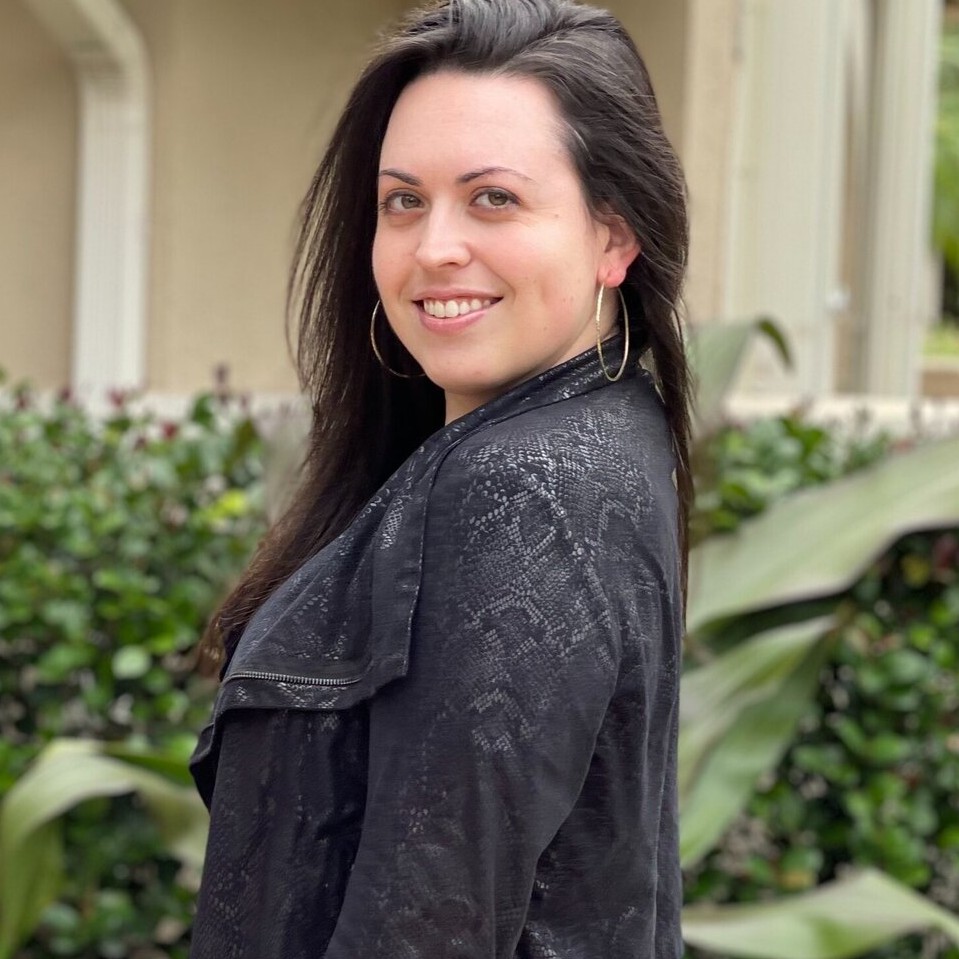Edwidge Danticat's 'Everything Inside' Is All About Love, Community, and Family
That includes the stories about immigrants you don't see in the news.


Welcome to MarieClaire.com's Q&A; author series—the spot where we ask the #ReadWithMC author-of-the-month five burning questions about her latest book. In September, we're reading Everything Inside by Brother, I'm Dying best-selling author, Edwidge Danticat. If you're interested in the short story collection and looking for some friends to talk about it with, find out how to participate in MarieClaire.com's interactive monthly book club here.
Edwidge Danticat was strolling around her Miami neighborhood of Little Haiti when she came across a sign in a window: "Nothing inside is worth dying for." She froze, wondering what it could possibly mean, and later understood it as "if you come in here, you'll die." Unknowingly at the time, this very sign would inspire one of the storylines in Everything Inside, Danticat's collection of eight short stories about community, family, and love. Except, in Danticat's version, everything inside is worth dying for.
"It took on a broader meaning—not only inside communities, but also inside our bodies," explains Danticat. "[The phrase] tied back to that theme of love which runs through most, if not all, of the stories. Not just romantic love, but all different types of love. I was in the middle of writing when I saw it, and then I was like, I’m putting it in the story."
Danticat compares her short stories to reading a magazine, and wants people to think of them as a "big meal" that they savor as an intimate experience. Here, Danticat discusses how she weaved her storylines together throughout the book, and the importance of telling the forgotten stories of immigrants who make our country better.
Marie Claire: What inspired you to write Everything Inside?
Edwidge Danticat: Usually, with short story collections, you just get these bursts of inspiration and ideas. Gradually, over time, you realize, oh, there’s a thread between these narratives, and people start to feel like your family, your friends. You feel like there’s a connection, and that’s usually when the connectivity of the story itself comes through. The inspiration was really when I wrote the very last story in the book about the man who’s falling and looking at his life. Then I started reaching back for stories about the other people that I’d written about who were in some ways also looking over their lives and facing these crucial moments. And love—love seemed to be the common thread throughout the stories for me, so that’s when I decided to put them together.
MC: What makes your book timely? Why should people read it now?
Get exclusive access to fashion and beauty trends, hot-off-the-press celebrity news, and more.
ED: A lot of the characters in this book are immigrants. Some of them are undocumented, like the characters in "Without Inspection." "Without inspection" itself is a legal term for people who have come into this country and haven’t encountered immigration officials. So, a lot of my characters are people who we see all the time who are treated as though they’re not here at all, or as if they’re not wanted here at all. Others are the U.S. citizen children of those people who also have a connection to the place where their parents come from and are trying to process that relationship, history, legacy, and the privilege that they have that undocumented migrant workers in their community don't.
I think my characters—even though their experiences with immigration go back several years, and some in the current moment—are people like our neighbors who are being scapegoated and maligned right now. They’re being raided by immigration [officials], their children feel unsafe in this country. You get to see the inside of their lives. You get to see what they love, who they love, and how, like Callie in the story, they are being told to their faces that they don’t belong somewhere or that they’re not wanted.
'center']In short stories, you do your best to make every word count, so you have to pour yourself into so many of these moments.
MC: Which character in the book do you relate to the most and why?
ED: I think Kim Boyer from "Seven Stories." She’s a writer who goes to another country and sees an old friend. I think because she’s a writer, I feel like I connected with her. But also Nadia from "In the Old Days." I see different versions of myself over the years in these characters. The thing about writing in the first-person is that we have to inhabit those characters, and they all end up having pieces of ourselves. Every character has a little bit of me in them because you have to draw from that to create a world. In short stories, you do your best to make every word count, so you have to pour yourself into so many of these moments.
MC: Who would play the main characters in a movie? Cast your protagonist and antagonist.
ED: A couple of years ago, there was a reading series in New York and the actress Anika [Noni] Rose read a story from my first collection of stories, Krik? Krak! Ever since, I’ve been obsessed with the idea of her playing one of my characters. I think she would be really wonderful playing Kim Boyer in "Seven Stories." I would also love for Haitian-American actresses Numa Perrier and Vicky Jeudy to play my characters as well.
MC: What's currently on your nightstand?
ED: Sadly, we recently lost the great Toni Morrison. I had the privilege of being in her presence a few times. In 2006, when she was invited to do a residency at the Louvre, she had invited me to participate on some panels, and I got to spend some time with her in Paris when I was a very young writer. Ten years later, we did a short film called The Foreigner’s Home and reviewed what happened at the Louvre. After she passed away, I said I’m just going to read her books, so she’s on my nightstand right now.
Listen to an exclusive excerpt of the book available on Audible, below.
For more stories like this, including celebrity news, beauty and fashion advice, savvy political commentary, and fascinating features, sign up for the Marie Claire newsletter.
RELATED STORY

Rachel Epstein is a writer, editor, and content strategist based in New York City. Most recently, she was the Managing Editor at Coveteur, where she oversaw the site’s day-to-day editorial operations. Previously, she was an editor at Marie Claire, where she wrote and edited culture, politics, and lifestyle stories ranging from op-eds to profiles to ambitious packages. She also launched and managed the site’s virtual book club, #ReadWithMC. Offline, she’s likely watching a Heat game or finding a new coffee shop.

